Report this entry
More from the same community-collection
Lt. Burke, "A" Troop, Virginia Cavalry
The Virginia Cavalry was mustered into the National Guard for ...
Lt. Parsons, "D" Troop, Virginia Cavalry
The Virginia Cavalry were National Guard troops who served on ...
Lt. Sweeney, "A" Troop, Virginia Cavalry
The Virginia Cavalry served on the border in 1916 as National ...
Men of the Richmond Light Infantry at the Grand Canyon
The Richmond Light Infantry visited the Grand Canyon during ...
H.E. Featherstone and his horse, Sandy
Sandy is believed to be Featherstone's assigned horse while on ...
H.E. Featherstone at the Grand Canyon
The Richmond Light Infantry traveled to California in 1915, and ...
Men of the Richmond Light Infantry at the Grand Canyon
Another group photo of the Richmond Light Infantry at the Grand ...
The Richmond Light Infantry lined up in marching order
This photo shows the Richmond Light Infantry in California. ...

















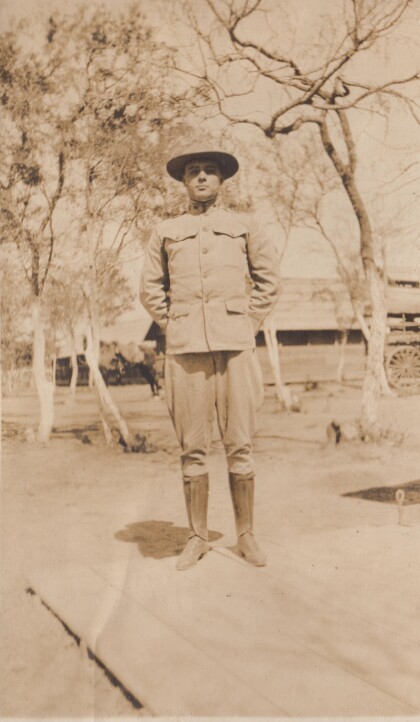
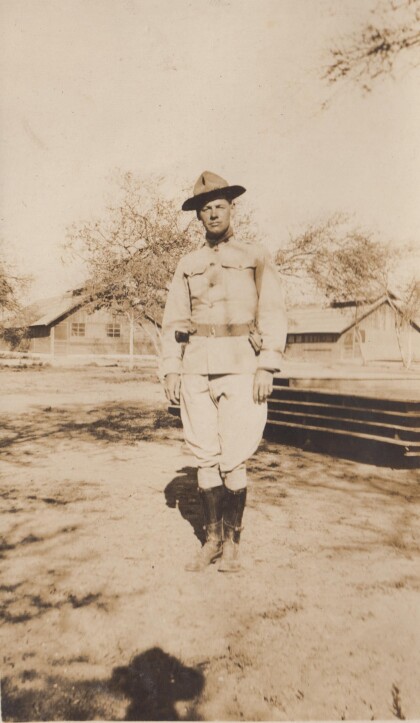
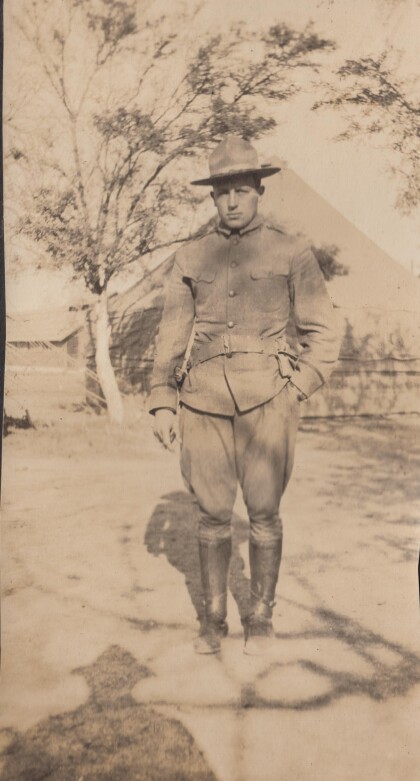
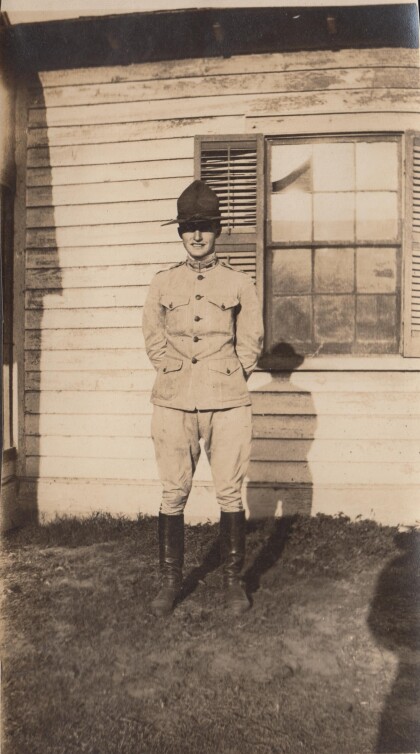
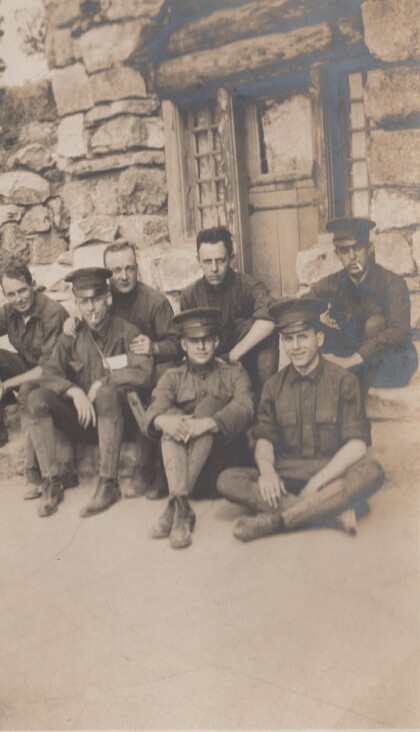
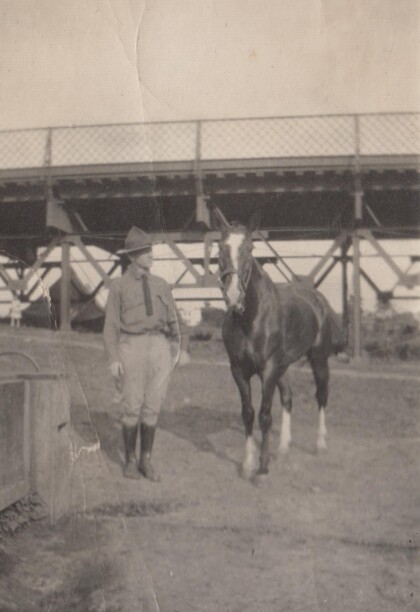
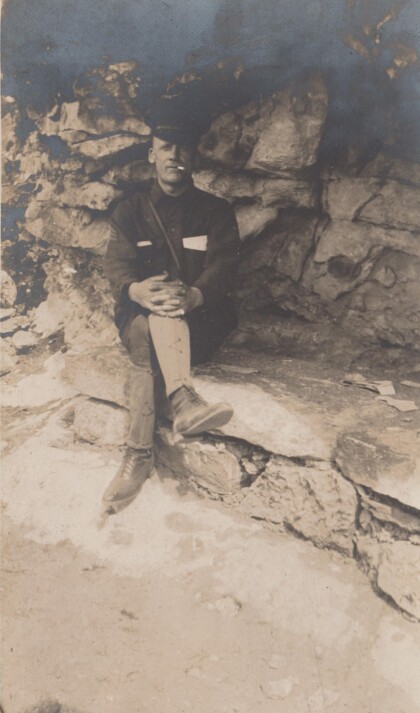
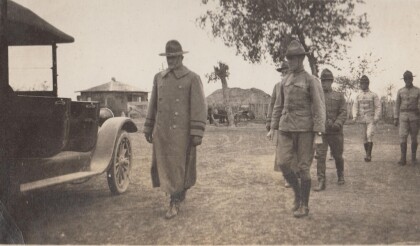
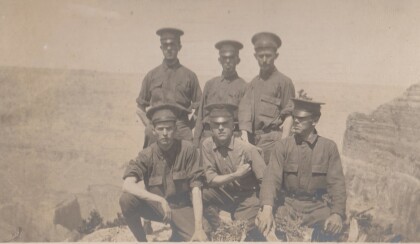
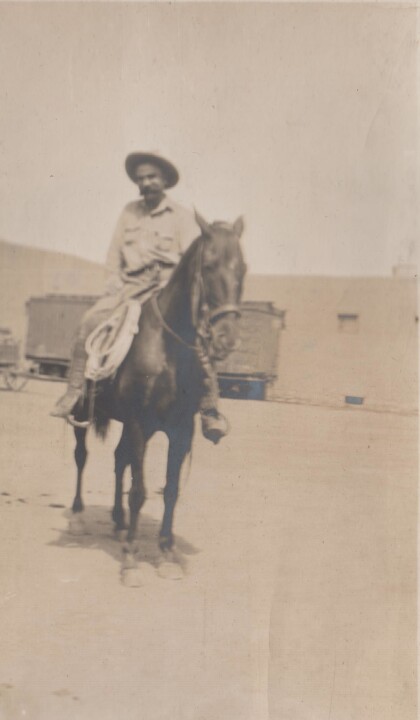
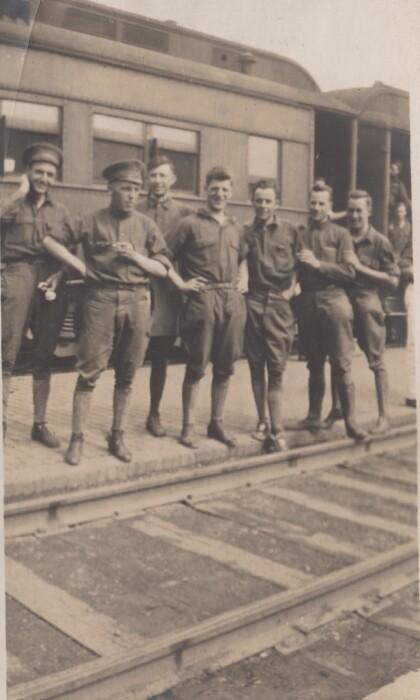
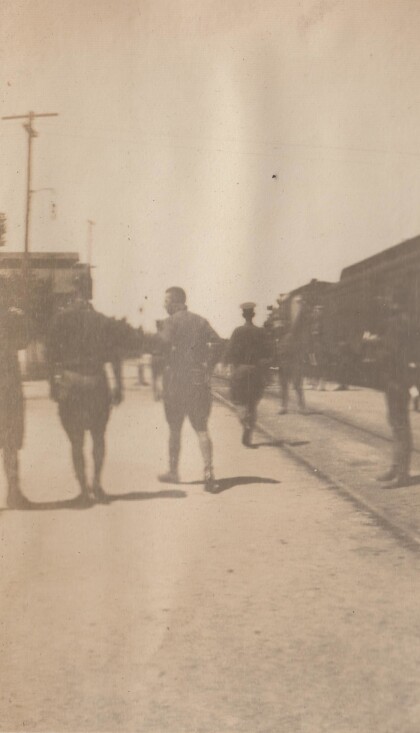
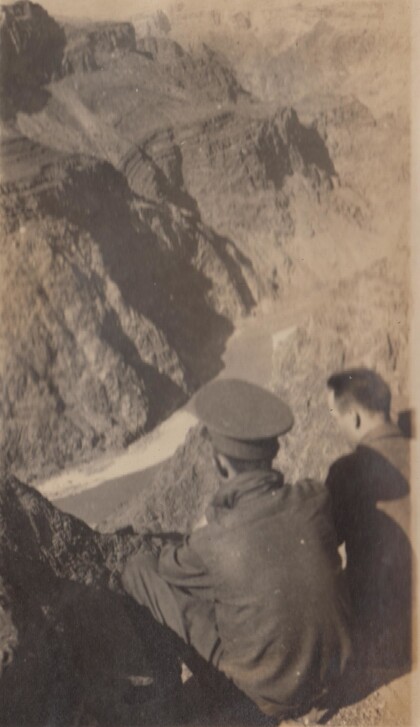
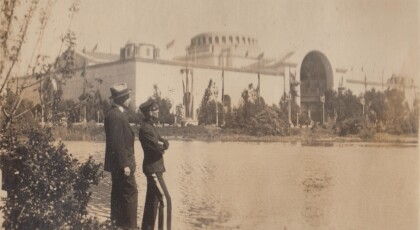
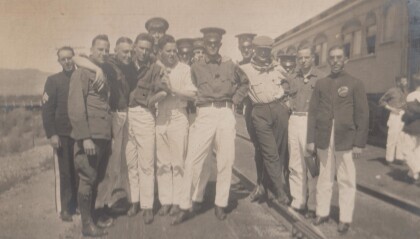
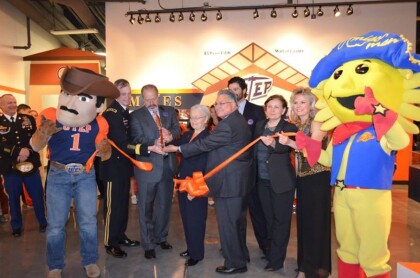
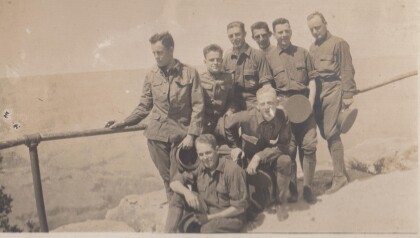
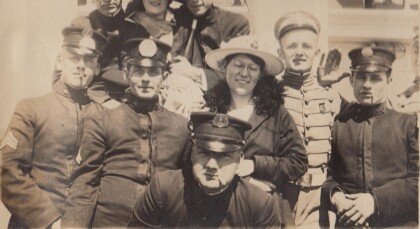
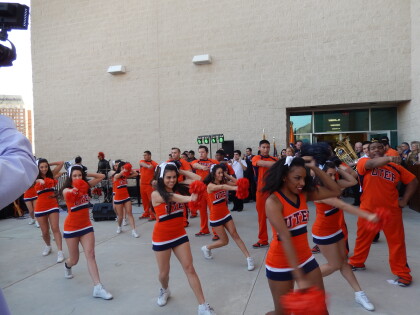
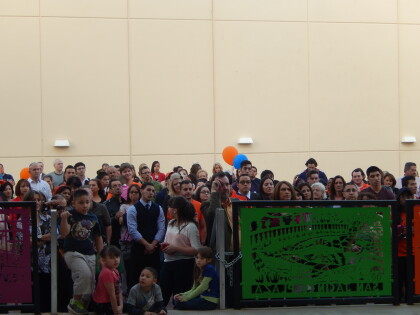
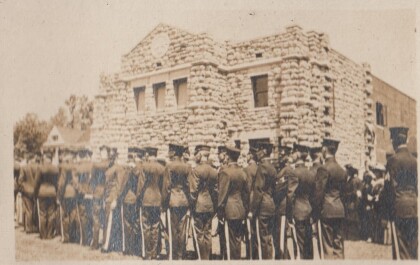
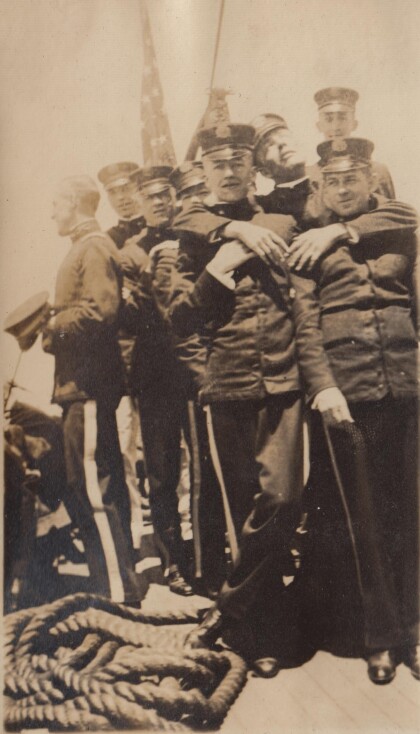
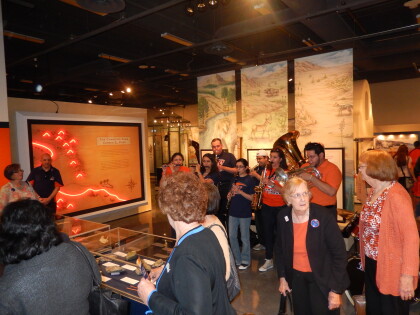
Comments
Add a comment